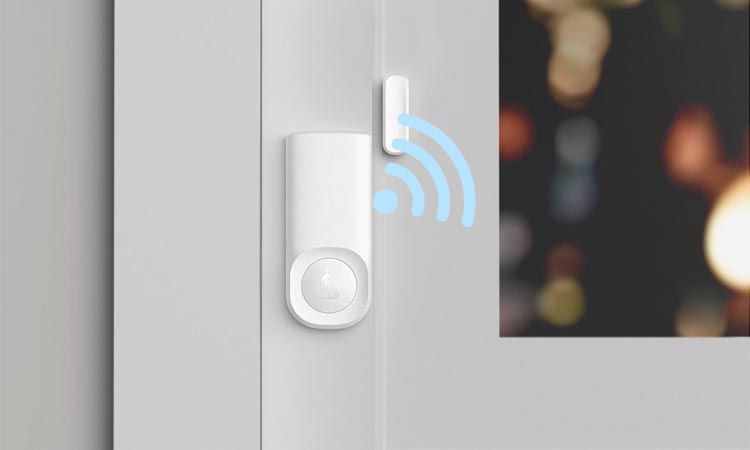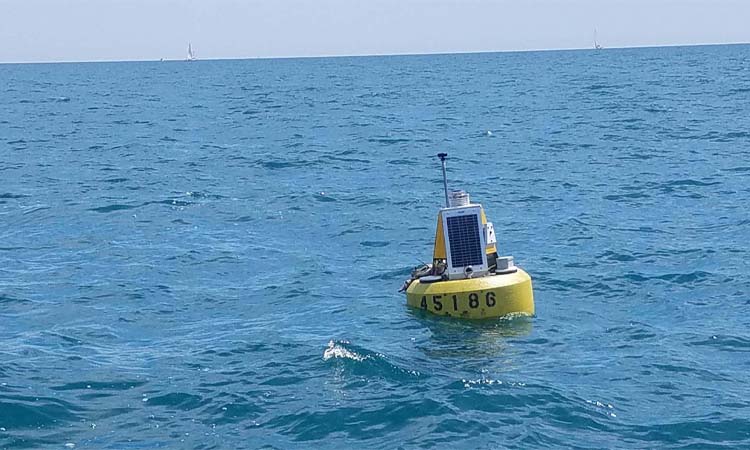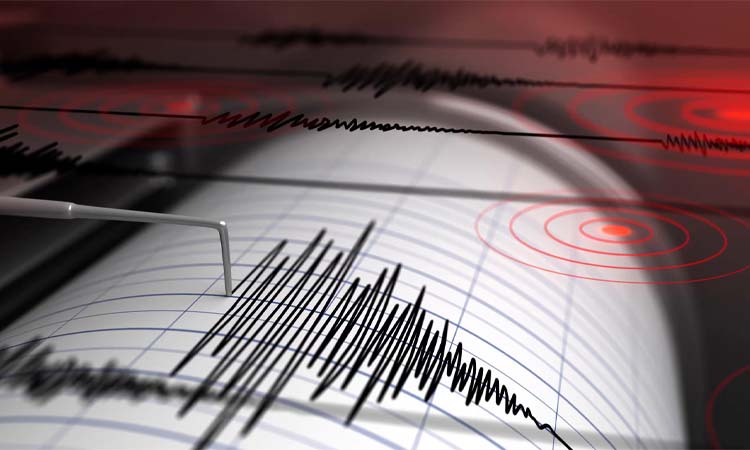Sensor networks provide people with integrated monitoring, control, and wireless communication systems. Sensor network application helps provide us with a safer and more efficient life. People can use sensor networks in many different areas. They can be as small as monitoring a single home or as large as global earthquake detection.
What is a Sensor Network?
Sensor networks consist of small powered devices with wired or wireless network infrastructure. They keep a record of the various conditions in the environment in which they are located. They can use in some industrial facilities, farms, and hospital sites. Sensor networks support connections to the Internet or computer networks. It uses these networks to upload data to a designated system. The data is then stored, analyzed, and used by the system. The implementation of sensor networks makes computers more versatile. People can interact with their surroundings without barriers through computers.
Here is the definition of sensor networks from Wikipedia:
Wireless sensor networks (WSNs) refer to networks of spatially dispersed and dedicated sensors that monitor and record the physical conditions of the environment and forward the collected data to a central location.
Wireless and Wired Sensor Networks
Sensor networks support both wireless and wired networks. Wireless Sensor (WSN) supports using many technologies to connect sensors. Some common technologies are Bluetooth, WiFi, Near Field Communication (NFC), and cellular. Wired sensors are relatively limited because they mainly use Ethernet cables to connect them.
WSNs are easier to deploy and maintain, allowing for more device flexibility than wired sensors. The combination of sensors and wireless technology has turned many imaginations into reality. Wireless sensor networks have replaced traditional technologies. It has become the key technology of IoTs. As the technology evolves, WSNs support use without modifying the physical network infrastructure.
How Does a Sensor Network Work?
A sensor network consists of sensor nodes, actuator nodes, gateways, and clients. Sensors can group sensor nodes to form networks of different topologies. It operates mainly through the following ways.
- The sensor nodes track and send the data to the other sensor nodes.
- As the sensors send the collected data to the system, many sensor nodes may process the data as they reach the gateway nodes.
- The processed data is transmitted to the management node.
- The user can determine whether the data be monitored and give instructions to collect the data at the management node.
What is a Sensor?
A sensor is simply a nexus of sensing network nodes. A sensor can also be a device used to measure physical inputs from its environment. It also converts physical elements into data that a human or machine can interpret. Most sensors are electronic, converting the collected data into electronic data. Some sensors are relatively more simple, such as glass thermometers. Glass thermometers present primarily visual data to the user. Sensors can be used for a variety of purposes. Examples include measuring temperature and distance, detecting smoke, regulating pressure, etc.
There are two main types of electronic sensors, analog and digital. An analog sensor converts the biological data collected into an analog signal. On the other hand, Digital sensors convert it into a limited set of possible values. Thus analog sensors have a higher degree of accuracy than digital sensors.
There are many types of sensors. There are dozens of different types of sensors present in our common cars. A service technician can use a tire pressure sensor to tell if a tire is leaking or needs more air. Some self-driving cars will be equipped with ultrasonic sensors. Ultrasonic sensors are mainly used to measure the distance between a vehicle and other objects in its environment. Home security systems detect larger objects’ movement by using motion sensors. Motion sensors used for home surveillance are also called passive infrared PIR systems. This system detects infrared radiation in the sensor environment.
Sensor Networks Applications
Home Security Sensor Networks

Home security sensor networks are designed to detect unauthorized visitors. Usually, we can choose different types of sensors to collect data for detection. You can choose from security cameras, Door open sensors, and open magnetic sensors, for example. Of course, you can also choose smarter acoustic-based glass break sensors, motion detectors, etc.
The data collected by these sensors are transmitted to a central system. The system will store the data for the user to view. Some more sophisticated systems also can analyze the data. They will alert the user when enough intrusion data has been collected. This sensor network application is extremely important for home security.
Environmental Monitoring

More data can be collected using sensor networks than traditional environmental monitoring methods. Traditional monitoring methods are based on the manual collection. Researchers go to the field to collect samples and bring them back to the lab for analysis and recording results. This method of collection is labor-intensive and takes more time. As a result, no significant amount of data is generated using traditional monitoring methods.
Sensor networks are an automated and scalable approach. You can place many sensors at different locations in an area to automatically collect environmental data. This data includes wind speed, water temperature, and air temperature. The collected environmental data is automatically transmitted to a central server for processing.
Buoys using sensors can be seen in the Great Lakes region of the United States. These buoys use sensors to collect environmental data such as wave height, air temperature, and wind speed. Most of these buoys are owned by research groups, but some are privately owned. They send the collected environmental data to the same server for storage and processing in a unified manner.
The data collected by the sensors on the Great Lakes buoys are essentially shared publicly on the web. You can view the information you want to know by visiting the Great Lakes Buoy Portal. Some buoys on Lake Erie even allow you to send text messages to it. The buoys will automatically respond to you with the latest environmental data.
Municipal Surveillance

Establishing a network of surveillance cameras can help reduce the incidence of crime. Crime can happen anywhere in the city. The police can’t reach the crime scene at once while receiving a report. Thus establishing a network of surveillance cameras in a city is one of the effective ways to speed up the police in solving crimes. All the surveillance cameras in the city are connected to the same system. Police departments can view surveillance of reported locations through the system. And then they can look up information about criminals. The information collected helps the police to catch criminals faster.
The city of Chicago, Illinois, operates a large network of surveillance cameras. The network consists of more than 30,000 security cameras. Additional cameras are available on police officers, boats, and command vehicles.
Some security cameras also come with other accessories. These accessories give them extra functionality. Some Chicago streets and highways cameras are equipped with automatic license plate readers. As a vehicle drives by, the technology automatically takes a picture of its license plate. And then, it will convert the photo to text to upload to the database. Subsequently, the database tracks each license plate. The police can use the database to know where the vehicle is, whether it is a missing vehicle and whether the driver is a suspect at large.
Applying the gunshot detector network has also reduced the incidence of gun violence in Chicago. The network uses acoustic and infrared sensors in conjunction to detect the source of gunfire. They triangulate the location of gunshots to determine their exact location. Since the city can be quieter at night than during the day, the sound of gunfire travels farther. The collected and transmitted data from these sensors provide a more accurate location than what is reported in a 911 call.
Earthquake Detection

Implementing seismic sensor networks has brought a more scientific approach to detecting earthquakes. These seismic stations make up a large network of seismic stations. There are over 150 seismic stations worldwide. Each seismic station will be specially equipped with seismic and geophysical sensors. The seismic station allows scientists to view its data in real-time via the Internet. It allows scientists to understand better what may be happening worldwide in the Earth’s crust.
The global sensor network captures high-level earthquakes in many countries. The regional sensor network is quite dense, so people can easily capture low-level earthquakes. With data from thousands of sensors worldwide, computers can make earthquake determinations. The system can determine when the earthquake is coming and how strong it is. A warning is also sent to where the earthquake is about to occur. Although a few seconds of warning may seem insignificant, it can save many more lives. When people receive the warning, they immediately slow down trains in motion and turn off gas valves. The things that people can do in those few seconds can save lives.
I believe you have a preliminary understanding of sensor networks with the above content. It is widely used in environmental monitoring, municipal surveillance, and earthquake detection. The application of sensor networks makes many automation tasks possible.
About Sensor Networks FAQs
-
What are Sensor Networks, and how do they work?
Sensor Networks are networks of small, low-cost sensors that collect data about a physical environment and communicate wirelessly to a central node or base station. They collect and transmit data from individual sensors to a central location for processing and analysis.
-
What are the different types of sensors used in Sensor Networks?
The different types of sensors used in Sensor Networks include temperature, humidity, pressure, motion, and light sensors, among others.
-
What are the different communication protocols used in Sensor Networks?
The different communication protocols used in Sensor Networks include Zigbee, Bluetooth, Wi-Fi, and LoRaWAN, among others.
-
How do Sensor Networks handle data management and processing?
Sensor Networks handle data management and processing through local processing on individual sensors and centralized processing on a base station or cloud server.
-
How do Sensor Networks handle power management for long-term operation?
Sensor Networks handle power management for long-term operation through low-power sensors, energy harvesting, and sleep modes.
-
What are the differences between wired and wireless Sensor Networks?
Wired Sensor Networks use physical connections to transmit data, while wireless Sensor Networks use wireless communication protocols to transmit data.
-
How do Sensor Networks handle communication and data transfer without a stable network connection?
Sensor Networks handle communication and data transfer without a stable network connection through mesh networking, which allows individual sensors to communicate with each other and relay data to a base station.
-
How can Sensor Networks be integrated with other monitoring and control systems?
Sensor Networks can be integrated with other monitoring and control systems using APIs and protocols, allowing data exchange and interoperability.
-
How can Sensor Networks be used for predictive maintenance and condition monitoring?
Sensor Networks can be used for predictive maintenance and condition monitoring by collecting and analyzing data on equipment performance and identifying potential issues before they become serious.







